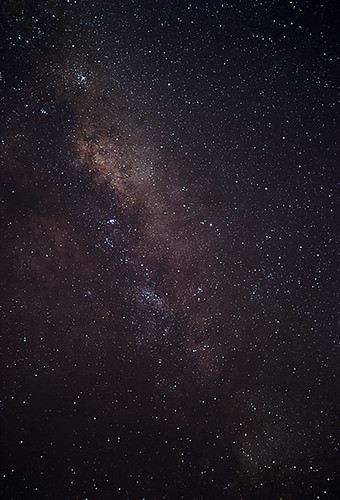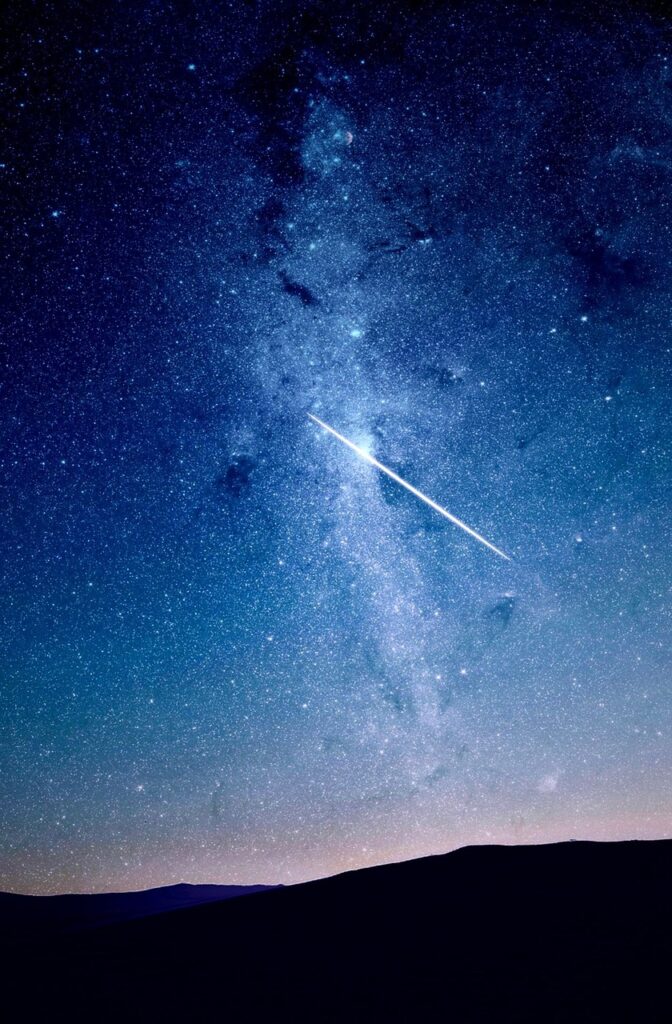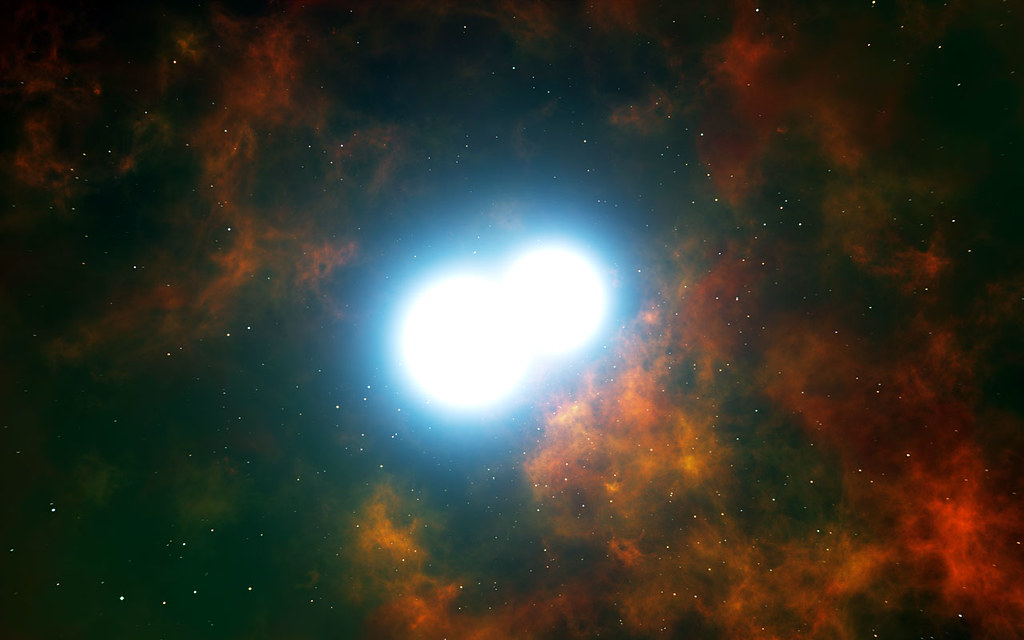
Imagine gazing up at the night sky, a vast canvas dotted with what seems like countless pins of light. Each one of those twinkling specks is a star, a luminous, colossal ball of plasma, many of them far grander and more complex than our own beloved Sun. It’s mind-boggling to think that astronomers estimate our universe could be home to as many as one septillion stars – that’s a 1 followed by 24 zeros! Even our home galaxy, the Milky Way, boasts over 100 billion of these celestial giants. It makes you feel pretty tiny, doesn’t it?
But what if we told you that each of these distant suns isn’t just a static light in the sky? Oh no, far from it! Every single star embarks on an incredible, epic journey through its own unique life cycle, a cosmic saga that spans millions, or even trillions, of years. From their dramatic birth in swirling clouds of gas and dust to their final, often spectacular, farewells, stars are dynamic, evolving entities whose properties constantly shift as they age. Understanding these celestial behemoths helps us grasp not just where we come from, but also the incredible, ongoing processes shaping our universe.
So, buckle up, fellow cosmic explorers! We’re about to take an in-depth dive into the astonishing world of stars, uncovering 14 mind-blowing facts about these foundational building blocks of the universe. In this first part of our journey, we’ll peel back the layers on their immense scale, what they’re truly made of, the incredible tale of their birth, their long, stable middle age, and how their initial mass dictates their destiny, culminating in the serene, yet profound, end for low-mass stars. Get ready to have your mind expanded!
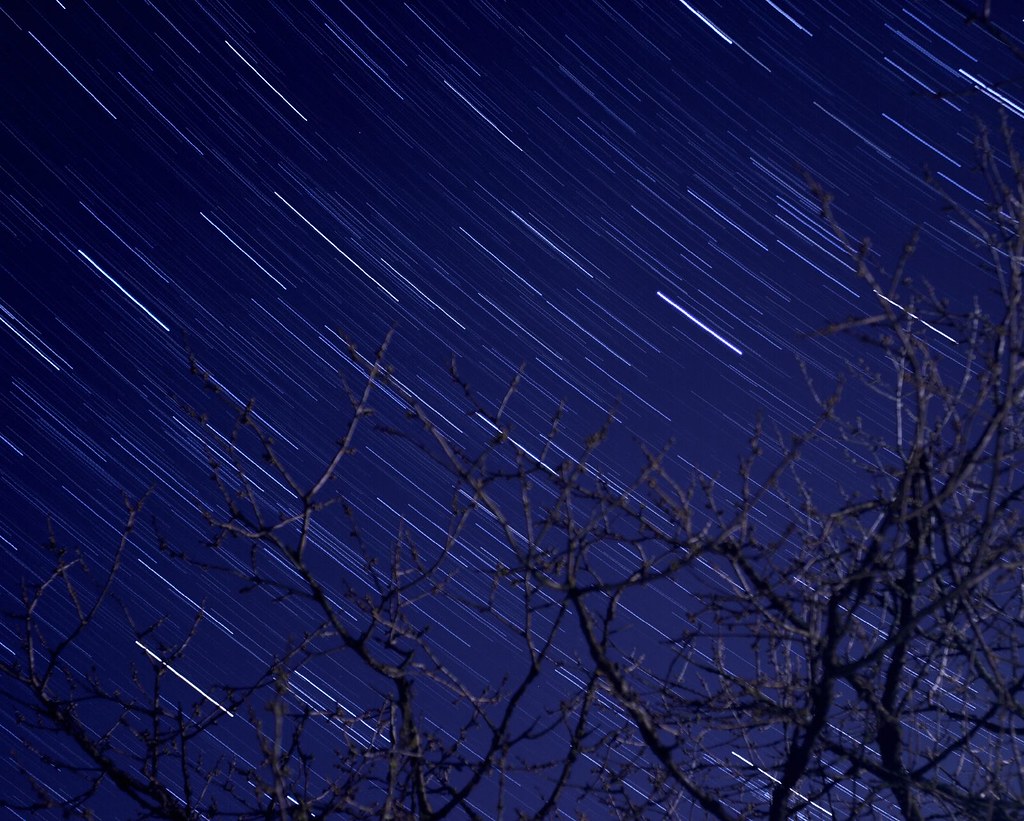
1. **The Immense Scale of Stars: A Universe Full of Suns**Let’s kick things off by just trying to wrap our heads around the sheer number of stars out there. We just mentioned the jaw-dropping estimate of one septillion stars in the universe – that number is so huge it almost loses meaning! To put it in perspective, that’s roughly equivalent to all the grains of sand on all the beaches on Earth, multiplied by a thousand. And right here, in our very own Milky Way galaxy, we’re talking about more than 100 billion stars, each a unique beacon in the cosmic dark.
Among this astronomical census, our Sun holds a special place, not because it’s particularly grand (it’s actually a pretty average star), but because it’s our closest, most extensively studied star. Its proximity allows us to observe stellar processes up close, providing invaluable insights into how other stars, far across the vast expanse, behave. It’s our personal laboratory, teaching us the universal laws that govern these celestial bodies.
The vast distances involved are almost incomprehensible. Even the brightest stars, visible to the eye from Earth, appear as mere points of light because of their immense separation. These “fixed points of light” have inspired humans for millennia, leading to the creation of constellations, asterisms, and countless myths that weave stars into the fabric of human culture and history. Their sheer number and distant brilliance are a constant reminder of the incredible scale of the cosmos we inhabit.
Read more about: The Mind-Blowing Science of Stars: Uncovering the Cosmic Truths Behind the Twinkle
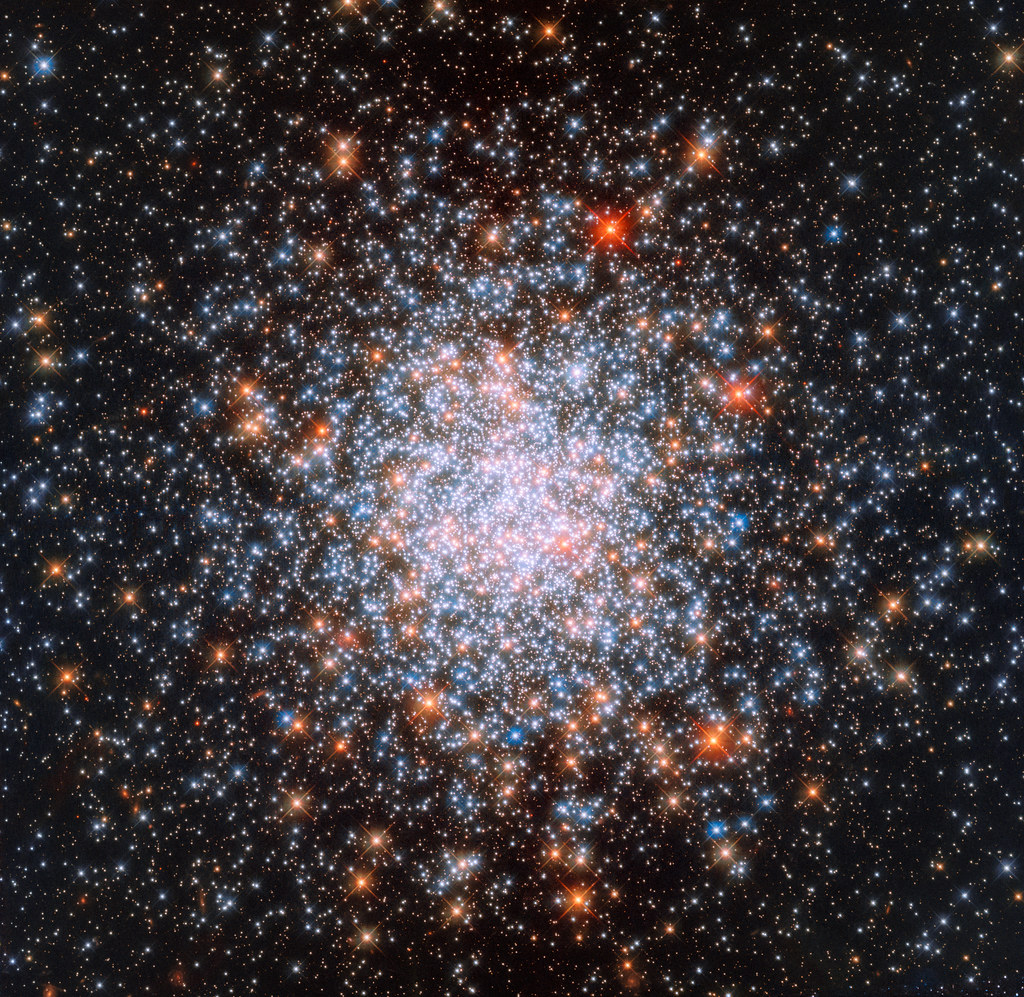
2. **What Exactly *Is* a Star? A Cosmic Recipe**So, what exactly *is* a star? At its most fundamental, a star is a luminous spheroid of plasma, bound together by its own immense self-gravity. Think of it as a giant, naturally occurring fusion reactor. These colossal objects are primarily composed of hot gas – mostly hydrogen, with a significant amount of helium, and just tiny traces of other heavier elements. It’s this specific chemical makeup, combined with intense heat and pressure, that allows the magic of stellar life to begin.
But a star isn’t just a static ball of gas; it’s a living, breathing entity, albeit on a cosmic timescale. Every star, regardless of its size or initial conditions, follows its own distinct life cycle. This cycle can range dramatically in duration, from a mere few million years for the most massive stars to an astounding trillions of years for their smaller counterparts. As a star journeys through these phases, its properties – luminosity, size, temperature, and even its internal composition – are constantly changing, evolving in response to the nuclear processes occurring within its core.
These changes are not random; they are governed by fundamental laws of physics. From the moment of its birth to its final demise, a star is locked in a delicate balance between the outward pressure generated by its internal nuclear fusion and the inward pull of its own immense gravity. It’s a continuous cosmic tug-of-war, and the outcome of this battle dictates every stage of its incredible existence.

3. **The Dramatic Genesis: How Stars Are Born**Stars aren’t just conjured out of thin air; they emerge from truly breathtaking cosmic nurseries. These cradles of stellar creation are massive clouds of gas and dust known as molecular clouds. These aren’t your average fluffy clouds; they can be absolutely enormous, ranging from 1,000 to a staggering 10 million times the mass of our Sun and stretching for hundreds of light-years across space. Imagine a cloud so big it literally dwarfs our entire solar system many, many times over!
Within these vast molecular clouds, the conditions are incredibly cold, which ironically plays a crucial role in star formation. This frigid environment causes the gas and dust to clump together, leading to the creation of high-density pockets. These clumps are like cosmic snowball fights; they collide, they collect more matter, and as their mass grows, so does their gravitational force. It’s a runaway process where gravity eventually becomes so strong that it causes some of these clumps to collapse in on themselves.
As a clump collapses, something amazing happens: friction. The intense friction generated by the collapsing material causes it to heat up, eventually leading to the development of a protostar – essentially, a “baby star.” These early stars often form in batches, creating what astronomers call stellar clusters, and when a molecular cloud is absolutely teeming with these stellar clusters, we call it a stellar nursery. The James Webb Space Telescope even captured an image of the edge of a nearby stellar nursery, NGC 3324, in the Carina Nebula, showing these “mountains” and “valleys” of forming stars – truly a sight to behold!
Read more about: Decoding Pixar: How Innovation, Strategic Shifts, and Creative Vision Forged an Animation Empire
4. **Life on the Main Sequence: The Longest, Most Stable Phase**After its turbulent birth as a protostar, a star enters the longest and most stable phase of its existence: the main sequence. For millions of years, a protostar’s energy primarily comes from the heat released during its initial gravitational collapse. But the real game-changer, the defining characteristic of a main sequence star, is nuclear fusion. This is where the star truly “turns on.”
Deep within the star’s core, immense pressures and temperatures are reached, so extreme that they force the nuclei of hydrogen atoms to squeeze together. This incredible process creates helium, and in doing so, releases a colossal amount of energy. This energy is precisely what heats the star to scorching temperatures and, crucially, creates an outward pressure that perfectly counteracts gravity’s relentless pull, preventing the star from collapsing further. This delicate balance, known as hydrostatic equilibrium, is what allows a main sequence star to shine steadily for billions of years.
Astronomers classify stars that are stably undergoing nuclear fusion of hydrogen into helium as main sequence stars. Our own Sun is currently a main sequence star, roughly midway through this stable phase, steadily converting hydrogen into helium in its core. During this monumental period, which can last for millions or even billions of years, a star’s luminosity, size, and temperature will only change slowly. It’s a marvel of cosmic engineering, a testament to the power of fusion, and the reason we have light and warmth here on Earth. Just imagine, our Sun is estimated to have increased in luminosity by about 40% since it reached the main sequence 4.6 billion years ago – talk about a slow burn! A strong solar flare, for instance, flashes in an image captured by NASA’s Solar Dynamics Observatory, reminding us of the immense power emanating from our main sequence Sun.
Read more about: Celestial Luminaries: An In-Depth Journey Through the Extraordinary Lives of Stars
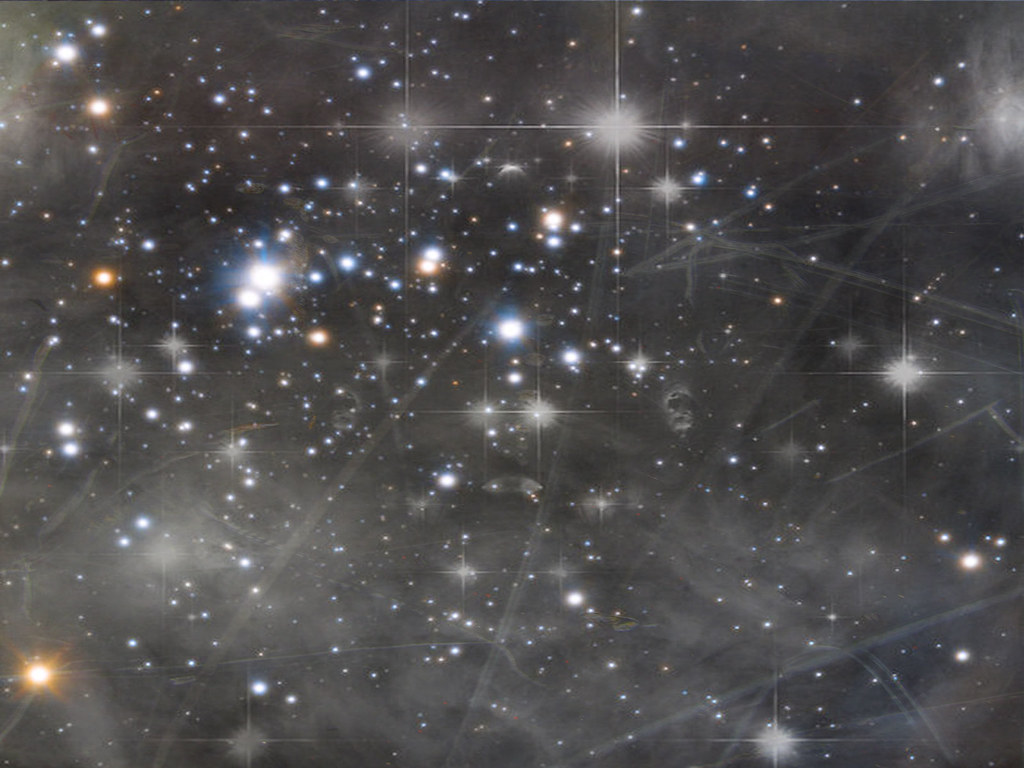
5. **Mass Matters: How a Star’s Weight Determines Its Destiny**If there’s one single factor that dictates a star’s entire life story, it’s its mass. Think of a star’s gas as its fuel supply, and its mass as the size of its engine. This initial mass determines how rapidly the star will burn through its hydrogen fuel, setting the pace for its entire existence, from birth to dramatic death. It’s truly the ultimate destiny decider in the cosmos.
Lower-mass stars are the marathon runners of the universe. They burn their fuel at a significantly lower rate, making them dimmer, cooler, and incredibly long-lived. More massive stars, on the other hand, must burn fuel at a higher rate to generate the energy that keeps them from collapsing under their own weight. This difference is stark: some low-mass stars will shine for trillions of years – an astonishing stretch of time that’s actually longer than the universe has currently existed – while some massive stars will live for only a few million years.
This combination of slow fuel-consumption and a relatively large usable fuel supply allows low mass stars to last for mind-boggling durations. For example, stars less massive than 0.25 solar masses, known as red dwarfs, are able to fuse nearly all of their mass, allowing them to last about one trillion years; the most extreme, at 0.08 solar masses, will last for approximately 12 trillion years. It’s a cosmic reminder that slow and steady often wins the race, especially when it comes to stellar lifespans.
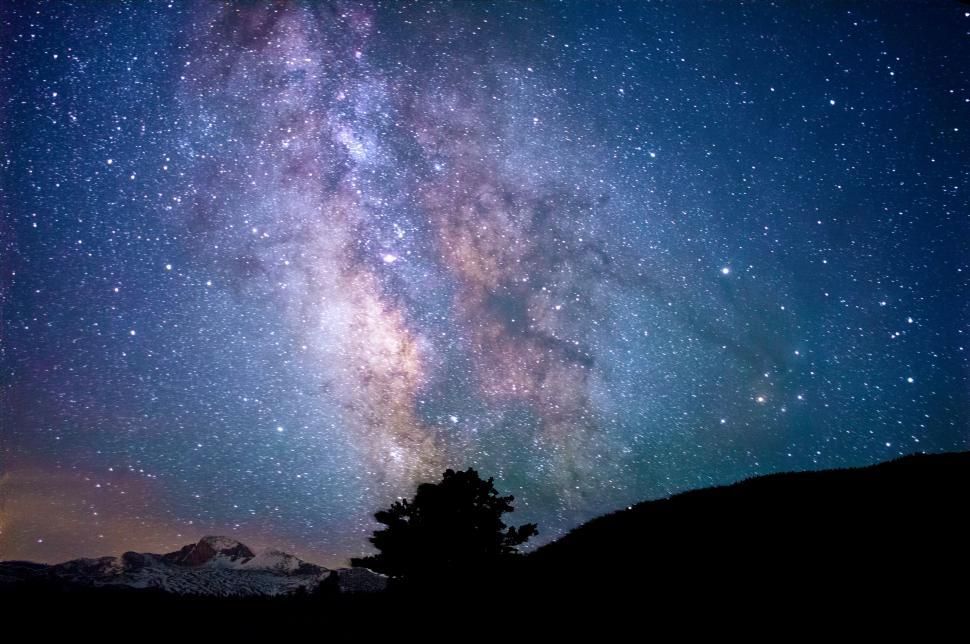
6. **The Twilight Years: When Stars Begin to Die**Even the most stable main sequence star eventually reaches its hydrogen limit. At the beginning of the end of a star’s life, its core, having tirelessly converted hydrogen into helium for eons, finally runs out of its primary fuel. This is a pivotal moment, as the energy produced by nuclear fusion is what generates the outward pressure that balances gravity’s relentless inward pull. With no more hydrogen fuel, that delicate balance is catastrophically disrupted, and the core starts to collapse.
But this isn’t an immediate implosion! The act of squeezing the core also increases its temperature and pressure dramatically. This rise in internal energy has a peculiar effect on the star’s outer layers: it causes the entire star to slowly, but dramatically, puff up and expand. Imagine a balloon inflating to an enormous size, signifying the star’s transition into its later stages of life.
However, this is where the plot thickens, and a star’s mass once again becomes the key differentiator. The specific details of these late stages – how much it expands, what elements it starts fusing next, and how it ultimately meets its end – depend almost entirely on its initial mass. It’s like different actors following different scripts for their final scene, with their opening role dictating the closing act. From this point on, the paths of low-mass and high-mass stars diverge dramatically, leading to vastly different, yet equally spectacular, finales.
Read more about: Roaring Engines and Timeless Tales: Our Favorite Muscle Car Memories That Will Burn Out In Your Brain!
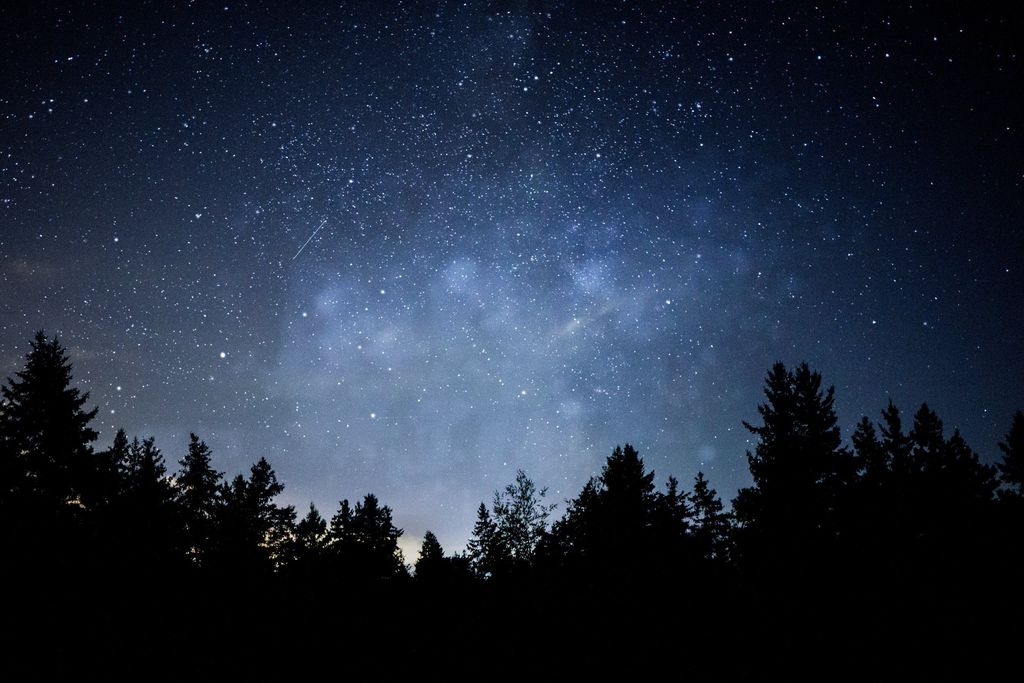
7. **The Gentle Demise: The Fate of Low-Mass Stars**For stars of lower mass, including our Sun (though not for several billion years!), the end-of-life process is less explosive, more drawn out, and, in its own way, incredibly beautiful. Once their core hydrogen is depleted, their atmosphere will keep expanding until it becomes a subgiant or giant star. During this phase, fusion converts helium into carbon in the core, providing a temporary reprieve from collapse. Our Sun is destined for this fate in several billion years, expanding to a maximum radius of roughly 1 astronomical unit, 250 times its present size, and losing 30% of its current mass.
Some of these giants become quite unstable and pulsate, periodically inflating and ejecting some of their atmospheres into space. It’s a cosmic exhale, a shedding of their outer layers. Eventually, all the star’s outer layers blow away, creating an expanding, often stunningly colorful, cloud of dust and gas. This breathtaking phenomenon is known as a planetary nebula.
A classic example is the Helix Nebula, also known as NGC 7293, which lies 650 light-years away in the constellation Aquarius. Imaged beautifully, it is a typical example of planetary nebulae, appearing like a celestial eye in the cosmic canvas. What’s left behind after this cosmic shedding is the star’s former core, now a roughly Earth-sized, incredibly dense stellar cinder known as a white dwarf. This compact remnant no longer undergoes nuclear fusion; instead, it gradually cools over billions of years, fading into oblivion as a truly ancient relic of a once-vibrant star. It’s a quiet, dignified end for these long-lived cosmic travelers, leaving behind a beautiful, ghostly testament to their existence.
Alright, cosmic explorers, if the serene demise of low-mass stars sounds like a gentle cosmic lullaby, then brace yourselves! Because when it comes to their massive siblings, things get a whole lot more dramatic, even explosive. These stellar titans don’t just fade away; they go out with a bang, profoundly reshaping the universe in the process. Beyond the cosmic fireworks, we’ll also embark on a thrilling historical adventure, tracing humanity’s relentless quest to understand, name, measure, and classify these distant suns. Get ready for the next seven mind-blowing facts about stars!
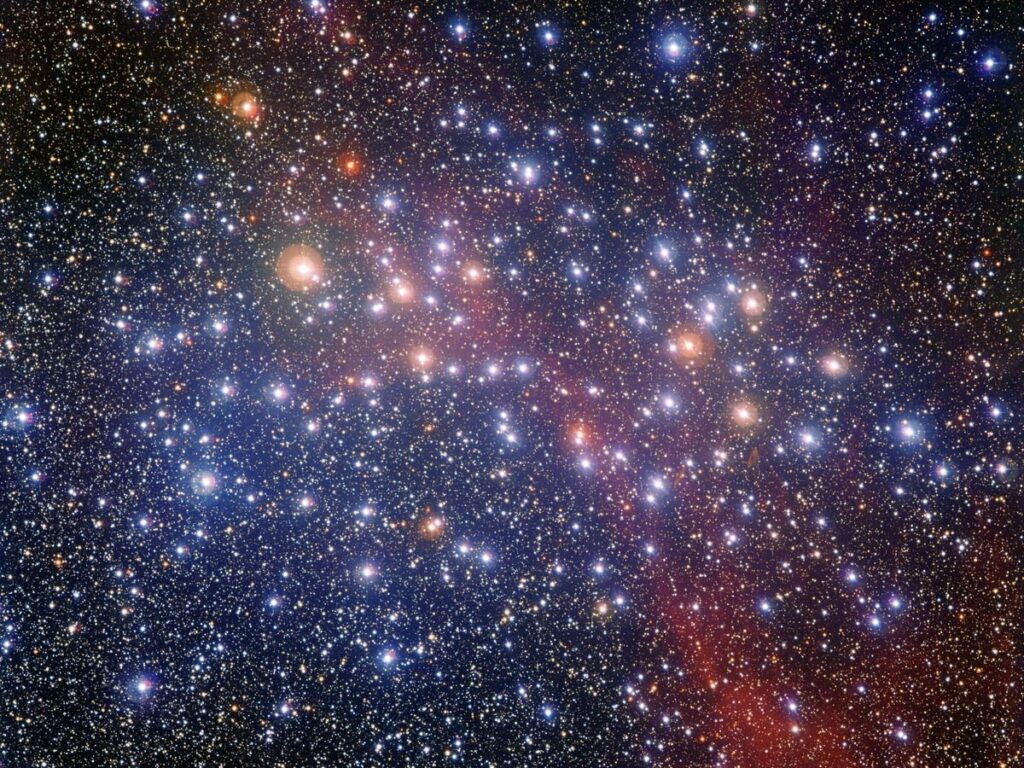
8. **The Explosive Grand Finale: Massive Stars and Supernovae**So, what happens when a truly gargantuan star reaches the end of its road? Unlike their smaller cousins that gently shed their layers to become white dwarfs, stars with a minimum mass of about 8 solar masses embark on an entirely different, far more spectacular journey. Once these high-mass stars exhaust the hydrogen in their core, they don’t stop there. Oh no, they go on to fuse heavier elements like carbon, then neon, oxygen, and even silicon. It’s like a cosmic onion, with different elements fusing in successive, concentric shells around the core.
This incredible, rapid-fire fusion process provides energy that temporarily staves off collapse. But each new fuel source buys the star less and less time. For the largest stars, this chain continues all the way until silicon fuses into iron in the core. And here’s the kicker: fusing iron into anything heavier actually *requires* energy, rather than releasing it! This is the ultimate cosmic dead end.
When that iron core runs out of fuel, the inward pull of gravity becomes utterly unstoppable. The core collapses in a matter of days, falling in on itself at incredible speeds until forces between the nuclei within push back, causing it to rebound violently. This sudden recoil creates a massive shock wave that tears through the star’s outer layers, triggering one of the most powerful explosions in the universe: a supernova! Talk about going out with a bang that literally lights up entire galaxies. The remnant of a supernova observed in 1572, notably studied by Tycho Brahe, still glows about 13,000 light-years away.
What’s left behind after such a monumental explosion? The star’s core survives as an incredibly dense remnant, a cosmic zombie of sorts. Depending on the initial mass of the star, this remnant will either be a neutron star – a city-sized object so dense that a teaspoon of its matter would weigh billions of tons – or, for the most massive stars, something even more mysterious: a black hole, a region of spacetime where gravity is so intense that nothing, not even light, can escape.
Read more about: You Won’t Believe What Stars Are Really Made Of: 13 Cosmic Secrets Revealed!
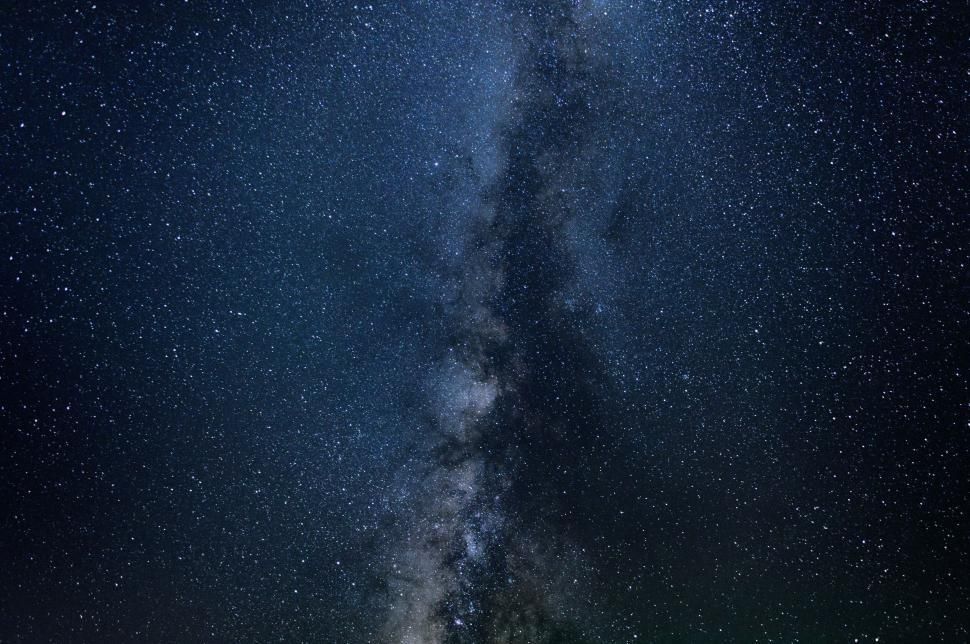
9. **Cosmic Alchemy: The Universe’s Recycling Program**Supernovae aren’t just spectacular cosmic fireworks; they are also the universe’s ultimate recycling centers, playing an absolutely crucial role in shaping the cosmos and making life as we know it possible. The immense energy released during these explosions, along with the stellar winds from other stars, blasts material far out into space. This material isn’t just plain old hydrogen and helium anymore, though.
Remember how stars fuse lighter elements into heavier ones? Well, those heavier elements – everything from carbon and oxygen (essential for life!) to neon and magnesium – are created through stellar nucleosynthesis within stars or during these explosive events. When a star goes supernova or sheds its outer layers as a planetary nebula, it sends this chemically enriched material hurtling into the interstellar medium.
This “star stuff,” as the context calls it, then becomes the building blocks for the next generation of stars, planets, and everything else in the universe. Imagine, the molecular clouds where new stars are born are constantly being enriched by the deaths of older stars. Older, “population II” stars have less metallicity (meaning fewer elements heavier than helium) than younger, “population I” stars because the clouds they formed from hadn’t been enriched as much yet.
It’s a beautiful, ongoing cycle. Stars are born, live out their lives fusing elements, and then die, scattering those elements back into space for new stars and planetary systems to form. So, every atom of carbon in your body, every speck of oxygen you breathe, was once forged in the heart of a star! Isn’t that wild? We are, quite literally, made of stardust.

10. **Stargazing Through Time: A Rich History of Observation**Humanity’s fascination with stars is as old as civilization itself, stretching back millennia to ancient sky watchers who saw patterns and stories in the night sky. These weren’t just pretty lights; stars were vital tools for life! They were used for celestial navigation, for telling time, for defining calendars to regulate agricultural practices, and deeply woven into religious practices, divination rituals, and mythology. Early astronomers distinguished between “fixed stars,” which held their positions, and “wandering stars,” or planets, which moved.
Ancient civilizations developed sophisticated ways to track and record these celestial observations. The oldest accurately dated star chart comes from ancient Egyptian astronomy in 1534 BC. Babylonian astronomers compiled the earliest known star catalogues in Mesopotamia in the late 2nd millennium BC. Later, the first star catalogue in Greek astronomy was created by Aristillus around 300 BC, with Hipparchus’s catalogue (2nd century BC) including 1,020 stars and even noting the discovery of a “new star,” or nova. Many of our constellation names and star names today still come from Greek astronomy.
But it wasn’t just Western civilizations gazing skyward. Chinese astronomers were incredibly advanced, being the first to observe and document a supernova, SN 185, in 185 AD! They also observed SN 1006, the brightest stellar event in recorded history, and SN 1054, which created the Crab Nebula. Medieval Islamic astronomers contributed immensely, giving Arabic names to many stars still in use, inventing astronomical instruments, and building the first large observatory research institutes to produce “Zij” star catalogues, like Abd al-Rahman al-Sufi’s “Book of Fixed Stars” from 964 AD. Scholars like Abu Rayhan Biruni and Ibn Bajjah even described the Milky Way as a multitude of nebulous stars.
The Renaissance and Scientific Revolution in Europe brought further breakthroughs. Tycho Brahe identified new stars, challenging the ancient belief of immutable heavens. Giordano Bruno, as early as 1584, bravely suggested that stars were like our Sun and might even host their own planets, a notion that had roots in ancient Greek philosophy and medieval Islamic cosmology. Isaac Newton pondered why stars didn’t gravitationally pull on our solar system, suggesting an even distribution across space. Then, in the 17th and 18th centuries, Geminiano Montanari observed the variable luminosity of Algol, Edmond Halley measured the proper motion of stars, and William Herschel mapped star distribution and discovered binary star systems.
The 19th and 20th centuries were an absolute explosion of stellar science! Joseph von Fraunhofer and Angelo Secchi pioneered stellar spectroscopy, classifying stars by their spectral types, a system refined by Annie J. Cannon in the early 1900s. Friedrich Bessel made the first direct distance measurement to a star (61 Cygni) using parallax in 1838, revealing the vast separation of celestial bodies. The study of binary stars flourished, leading to the determination of stellar masses, thanks to the work of astronomers like Friedrich Georg Wilhelm von Struve and S.W. Burnham. The invention of photography, photoelectric photometers, and interferometers (like Albert A. Michelson’s work on stellar diameter in 1921) provided unprecedented precision. And the theoretical groundwork, including the Hertzsprung-Russell diagram in 1913 and Cecilia Payne-Gaposchkin’s groundbreaking 1925 thesis identifying stars as primarily hydrogen and helium, truly propelled astrophysics into its modern era.
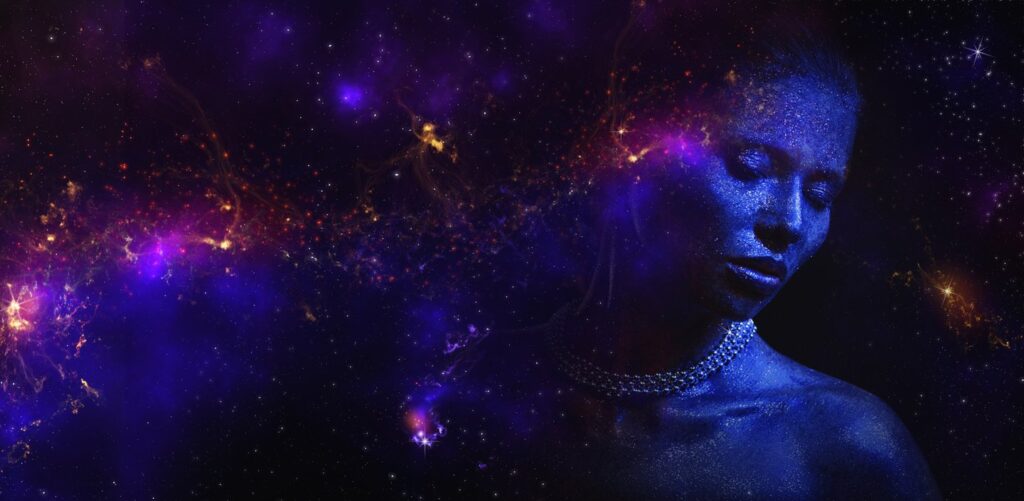
11. **Mapping the Cosmos: Stellar Designations**With so many stars, how do astronomers keep track of them all? From ancient patterns to modern scientific cataloging, humanity has developed fascinating systems to name and designate these celestial objects. Long before scientific nomenclature, ancient sky watchers grouped prominent stars into asterisms and constellations, weaving them into myths and using them for practical purposes like astrology – twelve of these formations along the ecliptic band became the basis for astrological signs. Many bright individual stars were also given proper names, often with Arabic or Latin origins, each with its own rich mythological backstory.
As astronomy evolved, more systematic approaches emerged. Around 1600, astronomers like Johann Bayer started using constellation names to identify stars within them, applying Greek letters as designations. So, Alpha Centauri means the brightest star in the Centaurus constellation. Later, John Flamsteed introduced a numbering system based on a star’s right ascension in his 1712 “Historia coelestis Britannica,” which became known as Flamsteed designation or numbering.
Today, the globally recognized authority for naming celestial bodies is the International Astronomical Union (IAU). The IAU maintains its Working Group on Star Names (WGSN) specifically to catalog and standardize proper names for stars, ensuring consistency and clarity in the scientific community. It’s a pretty serious job, making sure everyone knows which star is which!
It’s important to know, though, that if you ever see an advertisement from a private company offering to “sell” you a star name, that’s not officially recognized by the IAU or professional astronomers. The British Library even calls this an “unregulated commercial enterprise,” and some cities have issued violations against such companies for deceptive trade practices. So stick with the official designations for real cosmic cred!
Read more about: You Won’t Believe What Stars Are Really Made Of: 13 Cosmic Secrets Revealed!

12. **Measuring the Unfathomable: Stellar Units**When you’re dealing with objects as immense and distant as stars, regular units of measurement just don’t cut it. Imagine trying to describe the distance to another galaxy in miles – you’d run out of zeros! That’s why astronomers have developed special units, often based on our own Sun’s characteristics, to make sense of the cosmos. While SI units (like meters and kilograms) or Gaussian units *can* be used, it’s far more convenient to express things like a star’s mass, luminosity (brightness), and radius in “solar units.”
In 2015, the IAU formalized this by defining a set of “nominal solar values” – essentially, standardized constants based on the Sun’s properties. For example, the nominal solar luminosity (L☉) is 3.828 × 10^26 Watts, and the nominal solar radius (R☉) is 6.957 × 10^8 meters. These provide handy benchmarks for comparing other stars. So, if a star is “2 L☉,” you immediately know it’s twice as luminous as our Sun!
Measuring a star’s mass is a bit trickier because the Newtonian constant of gravitation (G) has a significant uncertainty. Instead of defining the solar mass (M☉) directly, the IAU defined the “nominal solar mass parameter” (G M☉), which is far more precise (1.327 1244 × 10^20 m³/s²). By combining this with the latest estimate of G, astronomers can derive the solar mass to be approximately 1.9885 × 10^30 kilograms. It’s all about getting the most accurate measurements possible!
For truly colossal distances, like the radius of a giant star or the semi-major axis of a binary star system, astronomers often turn to the “astronomical unit” (AU). This unit is approximately the mean distance between the Earth and the Sun – a whopping 150 million kilometers (or about 93 million miles). The IAU made this an exact length in 2012, setting it at precisely 149,597,870,700 meters. So, when you hear about something being “5 AU” away, you know it’s five times the Earth-Sun distance! Pretty neat, right?

13. **Cosmic Companions: Binary Systems and Clusters**While we often think of stars as solitary beacons in the night, the truth is, many of them are far from alone! Stars are incredibly social creatures in the cosmic sense, frequently forming intricate relationships with other astronomical objects. They can create vast planetary systems, like our own, where planets orbit them. But even more common, many stars are found in “star systems” with two or more stars orbiting each other – these are known as binary stars, or even trinary and multiple star systems!
When two stars are locked in a gravitational dance, their interaction can profoundly impact their individual evolution. William Herschel was a pioneer in this, recognizing that some stars weren’t just aligned by chance in our line of sight but were actual physical companions. Later, 19th-century astronomers like Friedrich Bessel (who inferred a hidden companion to Sirius) and Edward Pickering (who discovered the first spectroscopic binary) made huge strides in understanding these systems. Detailed observations by figures such as Friedrich Georg Wilhelm von Struve and S. W. Burnham allowed astronomers to actually calculate the masses of stars by studying their orbital elements – a truly groundbreaking feat!
It turns out that most stars are members of binary or multiple star systems, and the way they form dictates their properties. When a gas cloud collapses to form stars, it needs to shed angular momentum. One way it does this is by fragmenting into multiple stars. These “primordial binaries” then interact gravitationally within young stellar clusters, leading to a dynamic separation: widely separated binaries tend to break apart, while closely bound ones become even tighter.
Beyond just binary pairs, stars also love to hang out in much larger, gravitationally bound structures like star clusters, which can contain dozens to hundreds of thousands of stars. And, of course, these clusters are themselves part of even grander structures – galaxies! So, far from being isolated, most stars are part of a bustling cosmic neighborhood, engaging in complex dances and interactions that continue to shape the universe.
14. **The Ultimate Legacy: Stars as Architects of Everything**From their dramatic birth in swirling nebulae to their spectacular or serene demise, stars truly are the architects of the universe as we know it. We’ve journeyed through their lifecycles, witnessed the fiery explosions of supernovae, and seen the gentle fading of white dwarfs. But beyond the sheer spectacle, the most profound takeaway is their enduring legacy: stars are the ultimate cosmic builders, creating the very elements that make up everything around us – including us!
Think about it: the material ejected from dying stars, whether through planetary nebulae or supernova explosions, isn’t just waste. It’s a rich cosmic cocktail, brimming with new, heavier elements forged in their fiery cores. This chemically enriched material is then swept back into the vast interstellar medium, patiently waiting to become part of the next cycle of creation.
These enriched clouds are the fertile ground for new stellar nurseries. When gravity once again causes these molecular clouds to collapse, the next generation of stars is born, but this time, they carry the genetic material of their predecessors. This cycle of birth, life, death, and rebirth ensures that the universe continually evolves, becoming richer and more complex with each passing stellar generation.
So, every time you gaze up at a star, remember that you’re not just looking at a distant ball of gas. You’re witnessing a cosmic foundry, a time capsule, and a future architect all rolled into one. Stars are not just lights in the sky; they are the fundamental engines of cosmic evolution, giving rise to all the diverse, beautiful, and complex structures in the universe, including the very elements that sparked life on Earth. Truly mind-blowing, isn’t it?
Read more about: Exclusive: The Enduring Architects – How Marvel Studios Built a Multi-Decade Cinematic Universe and Sustained Its Star System
From the tiniest red dwarf to the most colossal supergiant, and from ancient observations to cutting-edge astrophysics, stars are the universe’s most captivating storytellers. Their immense scale, incredible lifecycles, and profound influence on cosmic chemistry remind us of our own small but significant place within this grand, evolving tapestry. So next time you look up, take a moment to truly appreciate those distant lights – they’re not just sparkling; they’re telling an epic tale of creation, destruction, and everything in between. Keep exploring, stay curious, and never stop looking up!

